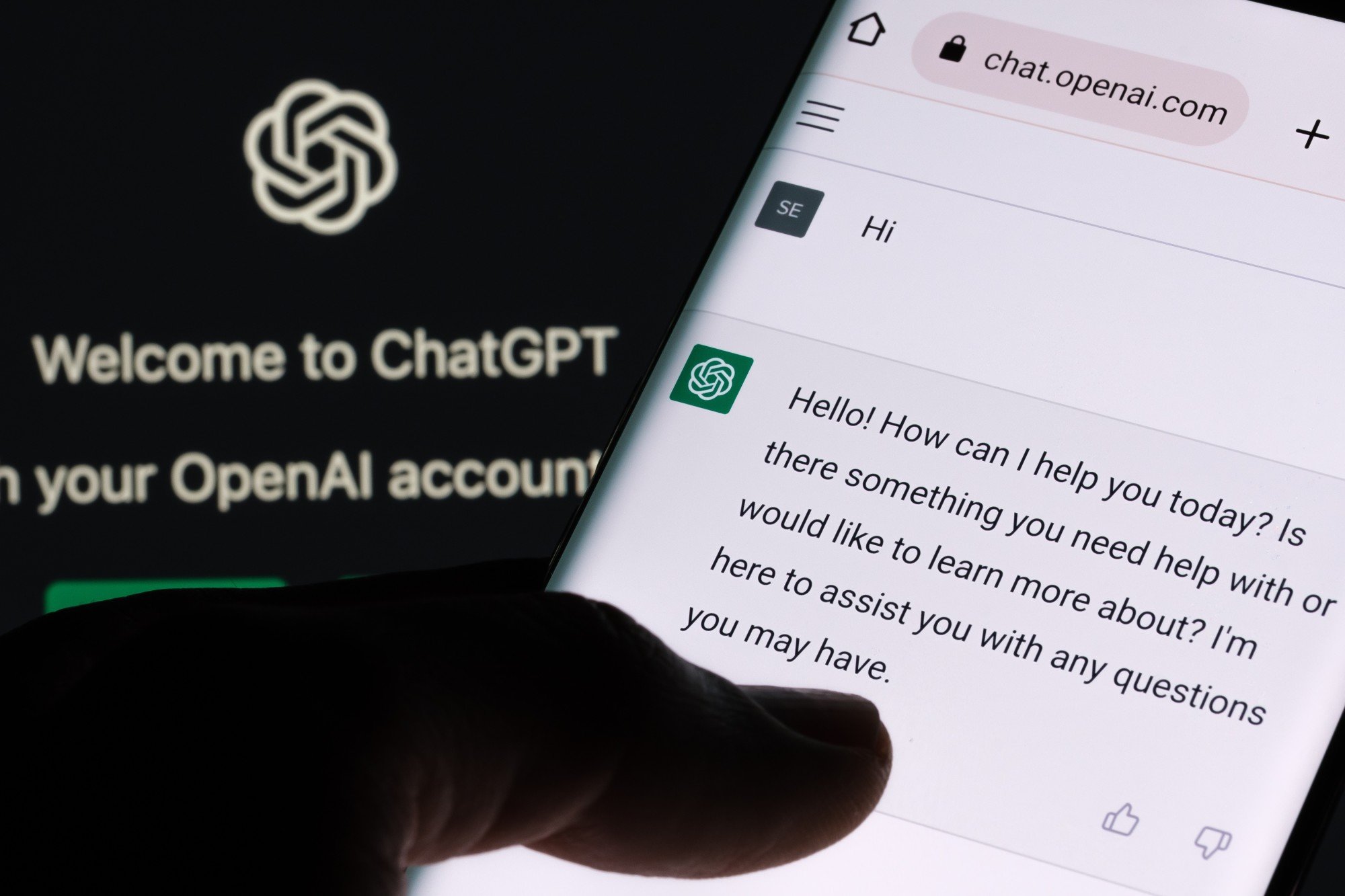
Hong Kong rolls out first AI curriculum for junior secondary students, including lessons on ChatGPT, with ‘lives definitely affected by artificial intelligence’
- Students expected to learn basic AI concepts, computer vision, speech and language, robotic reasoning, AI ethical issues, and the technology’s impact on society
- They will also be taught to generate pictures and write letters with mirror sites of ChatGPT
Hong Kong has rolled out the first curriculum in the city on artificial intelligence for junior secondary students, including on the use of ChatGPT as well as ethics and social impacts of the technology.
According to a memo distributed by the Education Bureau to more than 450 public secondary schools, teachers are asked to incorporate a total of 10 to 14 hours of AI education into the information and communication technology (ICT) subject for Form One to Three students from September.
Students are expected to learn basic concepts of AI, computer vision, computer speech and language, robotic reasoning, AI ethical issues, and the resulting social impact.

Contents of the curriculum are adopted from deliverables of “AI for the Future Project”, an AI education project for secondary students launched in 2017 by Chinese University.
“Nearly 50 per cent of the curriculum focuses on ethics and social impacts of AI,” said Yam Yeung, a research professor at the university.
“It is important for students to know powerful tools like AI could be both good and bad for society. I hope students can have a good understanding of how to use AI well,” added Yam, who headed the “AI for the Future Project”.
Generative artificial intelligence, which is the latest development of AI and represented by ChatGPT by OpenAI, is also included in the curriculum.
Students will be taught to generate pictures and write letters with mirror sites of ChatGPT, which is currently not directly available in Hong Kong, as well as to evaluate the quality of the tool’s deliverables.
Students are also expected to work on group projects, in which they first identify existing problems and solve them with AI knowledge taught in class.
“Students may not take up jobs in innovation and technology in the future, but their lives will definitely be affected by AI, no matter positively or negatively,” said Henry Lin Ting-kit, the bureau’s chief curriculum development officer for technology education.
“So we believe it is necessary for them to have some knowledge about AI and cultivate a correct attitude towards the technology.”
According to Lin, about 70 per cent of public secondary schools have included AI elements in their curriculums, but he wishes to revamp those with the bureau’s.
“I hope schools will incorporate our AI curriculum into their course design for the coming academic year starting this September,” he said.
Lin added that the bureau would also offer workshops on AI teaching to more than 1,000 public secondary school ICT teachers from September.
Alongside the AI curriculum for junior secondary students, the bureau will also introduce an enriched curriculum on coding for Primary Four to Six pupils in the coming academic year.
The government introduced coding education to Primary Four to Six students back in 2017, and nearly all public primary schools had included coding in their curriculum, Lin said.
The enriched curriculum “covers basic computational thinking concepts, namely abstraction, algorithm and automation”.
Booklets for the curriculum show that students will learn coding with Scratch, a programming language designed for schoolchildren, to complete tasks including content visualisation and game design.

